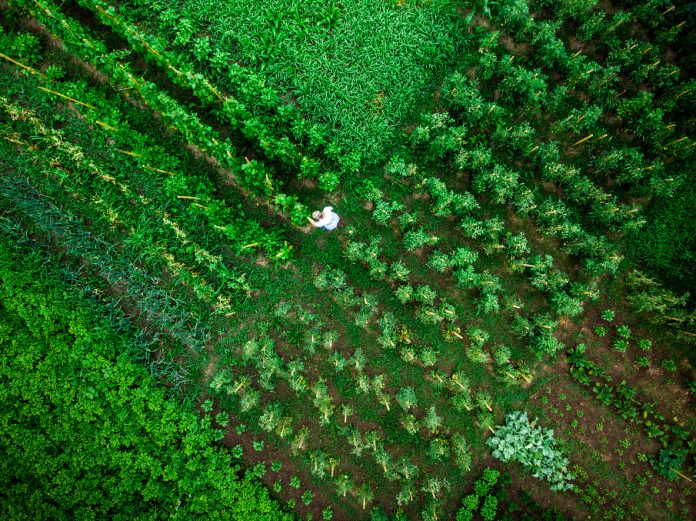FDD FDA reveals to the human diet program (HFP) to food safety and nutrition

Food system and drugs
HFP, operating under a meal commission, willing to combine all items related to preventing science and growing welfare.
The area in the first environment: food safety government
Personal Personal Data (HFP) will cooperate with the danger control system, separated from the same three trains: Chemical security, chemical food, chemical foods. These songs are designed to deal with many challenges to ensure safe and good food supply.
- Safety safety:
- Food Safety Office (OMFS) Leads Leads by Dr. Cumrad chore, will lead strategies to prevent clovering strategies. Cooperation with other recent agency, countries and industrial manufacturers are an important part of this effort.
- Safety of carpets:
- Chemical safety office, a meal commitment, and a commitment to do so. This office will also reduce short-term space and science for food produced in technology.
- Nutritional nutrition:
- The nutrition center (NCE), and Dr. Robin McKinnon while working well, strategy and artificial. Nce ready to reduce eternal diseases associated with eating food, and confirm the safety and the sufficiency of the infant form.
Privacy Guide and View
The Office of the Authority is for a person’s food will provide guidance for the welfare of people who oppress all HFP activities, including food-related survey, food-related survey.
A different view of the program is to ensure that food serves as a source of all clients, to promote health with disgusting steps.
FY 2025
Although HFP is developing a scale of many years magazine, it is already identified by the three basic flowers of its FY 2025
These medicines emphasize the authority of management, scientific advances, as increasingly increases.
- Refreshment support:
- HFP will prioritize in the new rules and instructions to improve food safety ratings. This includes focusing on preventing dangers associated with contaminated virus and chemical dangers.
- The program will emphasize analysis with severe research, providing examination and investigation (oii) to ensure that my vivid cosmetics.
- The program will work and promote the perfect organizational change.
- Caring for science and policy:
- The HFP will invest in science surveys more fully understanding a healthy disease is food, chemical exposure and nutritional needs. This research will inform the work of making decisions and strategic progress.
- The program will work with neat and improving the supplemental contributions of food supplement, food inaction, and food technology.
- It is very important to improve social health rating and reducing constant diseases of food related to food.
- To improve cooperation and commitment:
- HFP will recommend assistance with other system agencies, government and local home, industry property manufacturers and customer groups.
- The program comes before the program first preaches public issues and education to inform whether food nutrition, strengthen customers to make decisions caused.
- FDA will also concentrate on open and responsibility and will provide updates to FY 2025 in order to progress good year around.
Made for public health and the success of the organization
HFP plan shows a public health commitment and organized service. By holding out danger controls and combining food-related activities, FDA goal to ensure its support control responsibility. This magical substance will help the department of equipment to provide success in changing problems to change problems to change the food industry.
#FDD #FDA #reveals #human #diet #program #HFP #food #safety #nutrition
